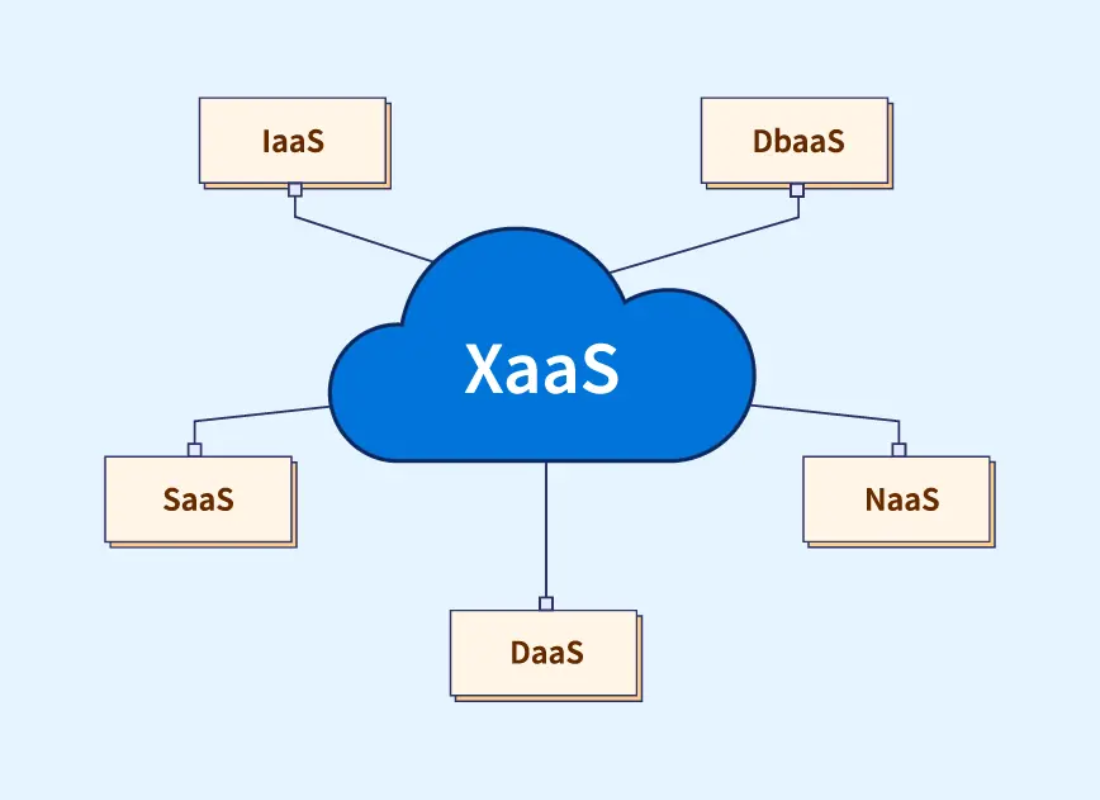Going Green In Business is not a trend — it should be an integral part of your organizational work plan to integrate a suitable corporate sustainability plan. As your business grows, so should your strategies towards environmental sustainability. You need to understand that going green in business refers to living a plastic-free life, and it impacts every aspect of your organization.
Sustainability is an increasingly important issue for many people, especially in business. Today, climate change continues to affect our lives and the fate of all other species around the planet. Sustainable business practices are becoming imperatives for business owners, leaders, and admins. According to NASA, it’s more than 95% likely that human activity is causing the planet to get warmer.
Notwithstanding, the human industry is a big part of the climate change picture because it relies on land, resources, fossil fuels, and non-stop production and consumption. To help foster environmental sustainability, many corporations from various industries pursue sustainable management business goals, including transportation, utilities, consumer goods, and real estate.
There are proven market benefits for corporations that prioritize CSM activities, including improving their long-term company value and the capital market response to the disclosure of earnings, in addition to several other benefits. For instance, evidence shows that sustainability management can lead to more efficient and profitable corporations. It’s about time your business goes green.
How Going Green In Business Helps To Foster Sustainability
Technically, business sustainability is operating a business without impacting the environment negatively. Eventually, going green in business functions in the best interests of the local and global environment, meaning it supports the community and economy dependent on a healthy planet. An environmentally aware business considers profit and its societal and environmental impacts.
Such a business is sustainable because it contributes to the health of the structure within which it operates, thereby helping construct an environment where the company can thrive. A sustainable business adheres to the triple bottom line, a term coined in 1994 by John Elkington, the founder of a British consultancy called SustainAbility. There are three components of the triple bottom line.
The triple-bottom-line components of going green in business include profits, people, and the planet. By all means, a sustainable business earns profits by being socially responsible and protecting our use of the planet’s resources. Sustainability in business isn’t just good for the environment or society and the company itself. Everyone can take steps to live and work more sustainably.
Most business customers and product consumers view sustainability as a plus, and companies with green values are eager to showcase them. In layman’s language, going green in business shows you care about more than just making money. You can use this feature to your advantage when marketing your business and developing your brand identity. Below are a few more benefits.
1. It Is What Most Business Customers Want
Focus on what the eco-conscious consumer wants — after all, sustainability is an essential criterion for about 60 percent of consumers in the United States. By going green, you’ll be able to meet the needs of customers who are curious about the supply chain of the products they buy. Modern-day customers want their hard-earned dollars to go to businesses they believe deserve it. Customers want to buy from brands that align with their “green goals,” so be sure your products mirror your company’s commitment to sustainability. For instance, you can replace plastic packaging with sustainable alternatives like paper.
2. It Is Good For Your Business Public Image
Customers want to do business with brands they believe share their values. Showing your customers that you care about the environment will improve their perception of your company. You won’t just be another company that jumps on trends but a company that genuinely cares. As a bonus, your customers will spread the word about your business’s green goals. They’ll talk and tweet about it, and you can build your reputation over time. You can make a customer base of eco-conscious individuals whose needs have been met by your business.
3. It Improves Sales Through Innovation
Even if your customers aren’t eco-conscious, if your product is innovative, they will be more likely to buy it. A study found that customers will pay a premium for innovative products without knowing how they work. For instance, if you invest in AI beauty technology, you can appeal to savvy customers who want to put their money into innovative cosmetics. Even if they don’t understand how AI works, they’ll likely buy your beauty products for the sake of it. Customers who buy from a sustainable brand will feel good about themselves. Customers can’t resist products that are good for their self-image.
4. It Cuts Running Costs On Supplies
Unfortunately, office workers use around 10,000 sheets of paper per year. This practice is terrible for the planet and your business. Businesses spend about $120 billion annually to buy, store, and print on paper. Gartner believes that three percent of a company’s revenue is spent on paper. To go green and cut your costs, consider going paperless. You can say goodbye to printed handouts, printed payrolls, and more for good by going paperless. For example, rather than printing out your employee’s leave forms, set up an automated leave system to manage them. That way, your employees won’t have to print out several forms to file one paid leave. If you go paper-free, you’ll be able to achieve your Return On Investment (ROI) in less than a year!
5. It Qualifies You For Eco-Friendly Incentives
In the U.S., you can qualify for tax incentives if you meet the government’s requirements for going green. This initiative of the U.S. federal government expects to encourage business owners to be more sustainable. It rewards business owners who show their commitment to eco-conscious practices. For example, you may qualify for a tax credit of $1.80 per square foot if your commercial building’s HVAC system meets The American Society of Heating, Refrigerating and Air-Conditioning Engineers (ASHRAE) policies.
6. Investors Favor CSM Firms Earnings News
In this case, a recent study found that the abnormal trading volume and the stock return volatility around earnings announcements for corporations with CSM reporting are significantly higher than those for non-CSM. CSM organizations tend to announce earnings news promptly and are more likely to provide initial earnings announcements than non-CSM companies. Interestingly, the CSM corporation’s earnings quality is relatively lower, as represented by earnings volatility.
7. It Helps Improve Corporate Performance
From the stakeholder value perspective, a recent study also sheds light on the previously unexplored area regarding the link between corporate sustainability management and a corporation’s information ecosystem by highlighting that CSM reporting coincides with improving earnings disclosure practices. This, in turn, leads to an enhanced market response to earnings announcements from CSM corporations. This research provides consistent evidence that should encourage more firms across the globe to adopt corporate sustainability management practices if they haven’t done so already.
8. It Lowers Your Water And Utility Bills
Want to improve your business’s bottom line? Cut costs whenever you can. One way your business can go green is by lowering your water consumption. Switch to dual-flush toilets that allow your employees to save water on their number one and “reserve” the water for their number two. Low-flow faucets can also lower your water bill as they reduce the water flow by about 30 percent. Another way to save water in the workplace is by repairing leaks — a faucet that drips daily can waste around 10,000 liters of water a year!
9. It Cuts Your Electricity Costs
Businesses spend about $557 a month on electricity. However, those that have switched to solar have been able to lower this by 89 percent. Even if you don’t switch to solar power, there are still several ways you can save on your electricity costs. By going green in business, you can save about 80 percent on your electricity bill by switching out incandescent lightbulbs with LED lightbulbs. Ask your employees to turn off their computers when it’s time to clock out. Put up “gentle reminders” to establish a habit of energy-saving. Your employees won’t embrace the eco-friendly life overnight but will develop habits that substantially lower your costs over time.
10. A Chance For Seamless Regulation Compliance
Depending on what country your corporation operates in and what industry it forms a part of, there will be regulations and standards you will need to comply with. Corporate sustainability management provides businesses with the framework to collect comprehensive operational data and insight for reporting purposes and even set custom emissions factors if, for example, there is a fixed internal carbon price. Methodological guidance and transparent, auditable calculations included in an emissions factor database can help CSM firms easily meet EPA, IPCC, GHG, CCPA & GDPR Compliance Consent, and other protocol standards.
The Best Practice For Corporate Sustainability Management Processes
Corporations increasingly devote resources and strategies towards sustainability and protecting the natural environment. Many factors drive companies towards investing in practices and departmental structures that are referred to and aid corporate sustainability management. In today’s world, practices of corporate sustainability management include ethical questions and dilemmas.
For example, the fundamental question of “What does it mean to be sustainable?” asks corporations to reflect on the end goal of sustainability and raises questions of standards, both internally and within the industry in which each company operates. Asking these basic questions seems inevitable because it helps us understand what business sustainability is and what it does.
Usually, sustainability does not significantly impact how we identify problems and develop solutions. Be that as it may, a sustainability management plan is where businesses meet sustainable practices. In other words, it helps manage a corporation’s impact on the three critical bottom lines — profit, people, and the planet — so that all three can coexist and flourish well into the future.
Sustainability management underpins a corporation’s long-term viability, as it prevents rather than reacts. There is clear evidence of the advantages provided to CSM firms in terms of investor interest and operating a more efficient business. As such, businesses and corporations can risk falling behind without a strategic approach to effective corporate sustainability management.
The Bottom Line:
Going Green In Business benefits your organization in more ways than one. Not only will you be able to lower your business’s carbon footprint, but you can also attract (and retain) customers who are committed to protecting the planet. This list only scratches the surface, and there are more things you can do to go green but feel free to use it as a starting point for your sustainability goals.
Robust corporate sustainability management makes it possible to identify and manage business risk quickly. In addition, scenario analyses allow CSM firms to assess which assets within the business are most at risk, including throughout their supply chain and management cycles. It’s time to future-proof your corporation through robust sustainability management practices.
Fortunately, some cutting-edge cloud computing technology and innovative application software tools have emerged to help corporations achieve sustainable environment management goals. From seamless compliance with relevant regulations to managing risk in your corporation efficiently, focusing on corporate sustainability management can substantially benefit your company.
For example, SINAI has effective enterprise software that allows businesses, organizations, and firms to unlock capital-efficient strategies that reduce their organization’s carbon footprint. In addition, it also helps execute competitive transition plans through the planet’s leading decarbonization platform. Measure, analyze, price, and reduce carbon emissions most cost-effectively.




